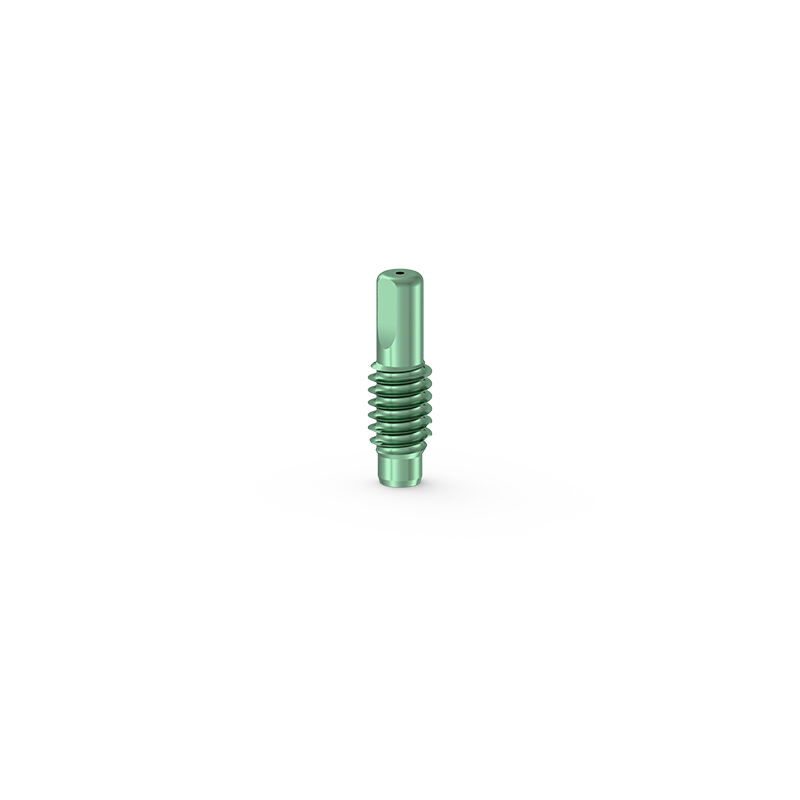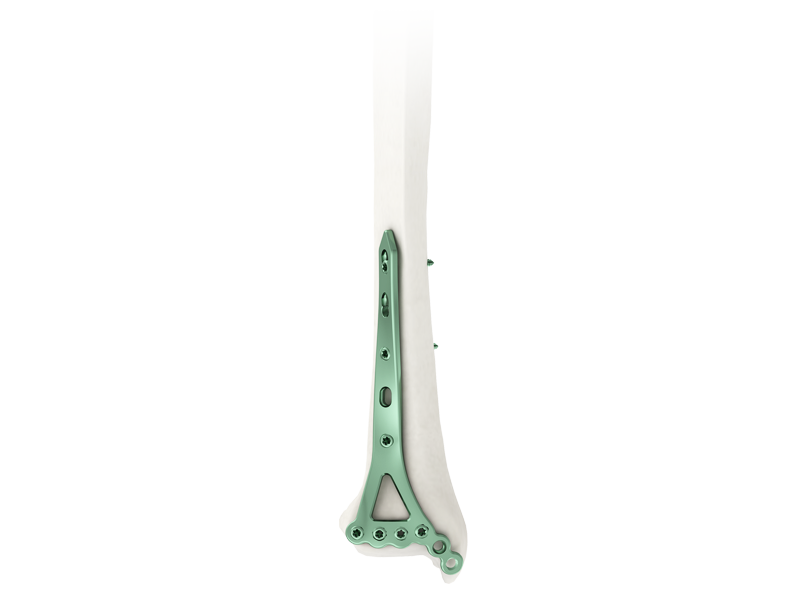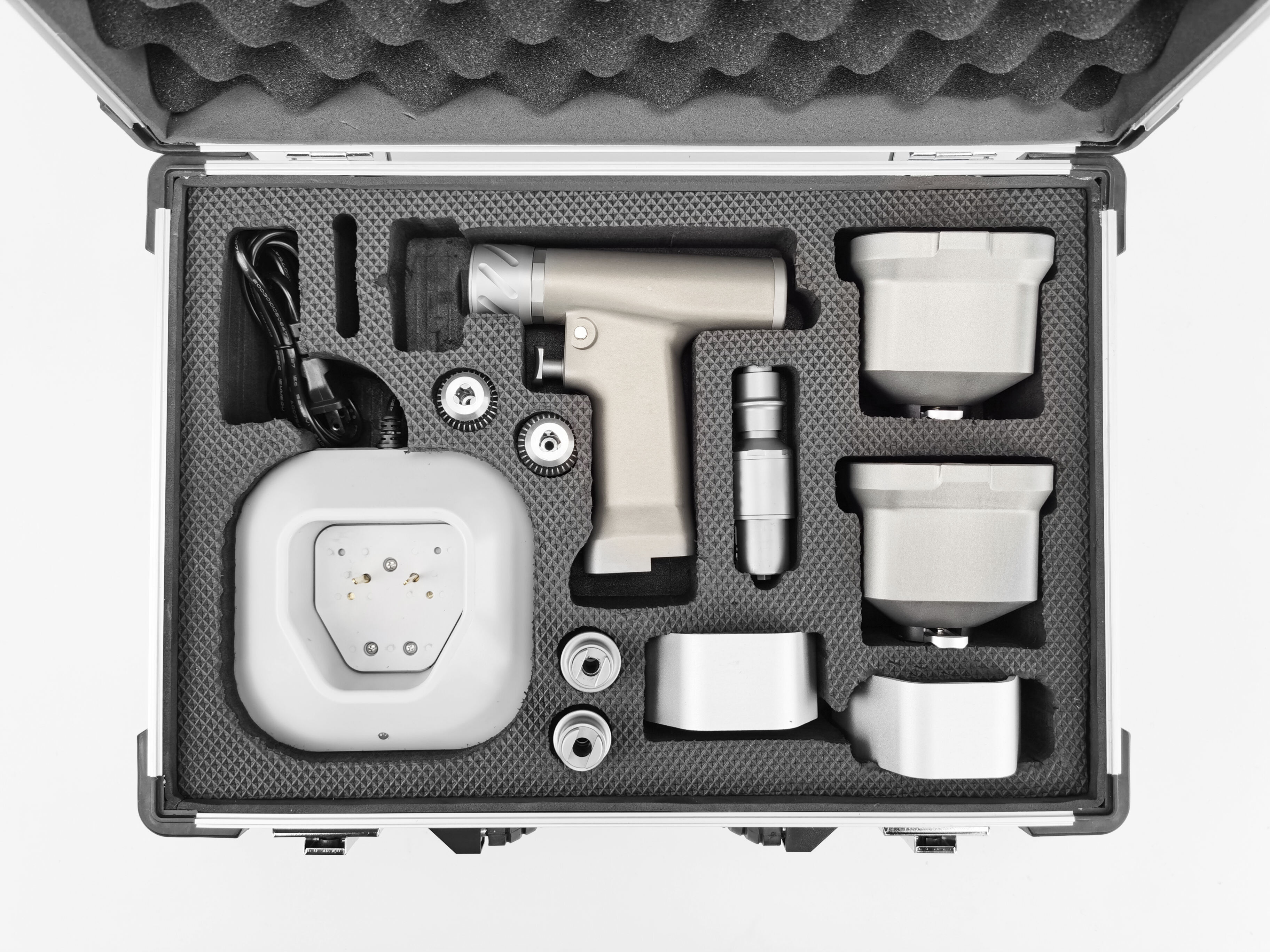proximal tibia locking plate synthes
The Proximal Tibia Locking Plate Synthes is a state-of-the-art implant designed for the fixation of proximal tibial fractures. Engineered with precision, this plate features a unique locking mechanism that ensures stable fixation and facilitates faster recovery. The main functions of this device include providing anatomical support, maintaining the reduction of the fracture, and enabling early weight-bearing rehabilitation. Technological features such as the low-profile design, biocompatible material, and the option for angular stability make it a preferred choice in orthopedic surgeries. Its applications range from simple to complex tibial shaft fractures, including those with comminution or bone loss.



